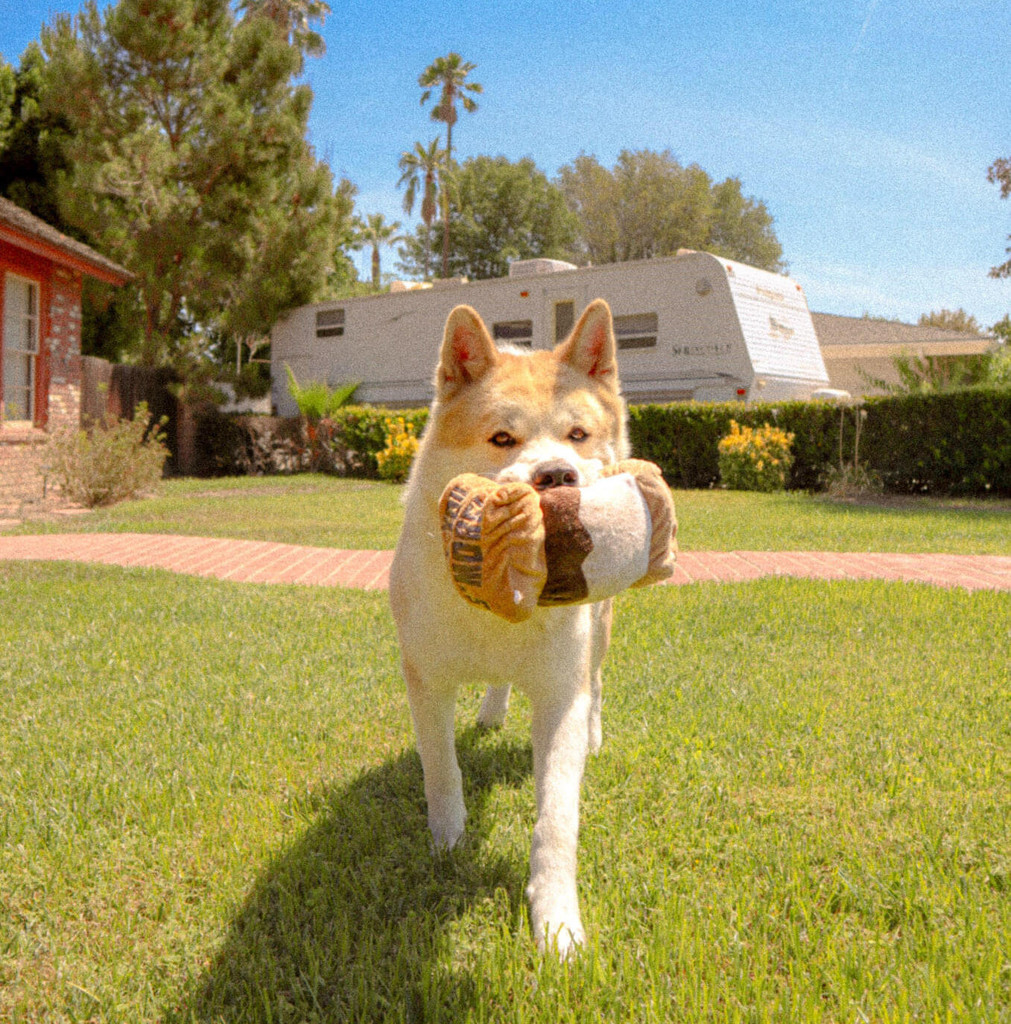Gardening season is upon us, and you know what that means: It's time to make a trip to the gardening section of the local hardware store. Many people plan their landscaping projects to incorporate mulch, but many people aren't totally sure why. If you've ever been unsure how mulch works or if it's right for your garden, look no further - we've got a guide to help you out.
The good
Covering your soil in a layer of mulch helps keep moisture from evaporating out of the soil, and plants that grow in mulched areas tend to produce much higher yields. While this is inherently a healthier environment for plant growth, it also cuts down on how often you'll need to water your plants, saving time, money and resources. As a bonus, the layer of coverage also protects your soil from too much heat or erosion from the rain.
The extra cushioning is also useful when it comes to a phenomenon called heaving. When the ground freezes and thaws in somewhat rapid succession, the ground expands and contracts. When soil is low, plant roots will pop right out the ground and can ultimately kill the plant. With an extra half inch of mulch, you'll totally prevent this from happening.
One unique thing about mulch is its permeability. It does so much to protect your soil, but it won't trap so much moisture in that mold will start to grow. It inhibits the growth of most weeds while still allowing seeds to germinate - which is pretty impressive, don't you think?
The bad
The cons of gardening with mulch aren't as numerous as the benefits, but there are still a few downsides. For one, insects like the cool, dark, moist environment of mulch, which can threaten your plants if they become too pervasive. You can avoid this, however, by allowing a few inches between your mulch and the base of your plants. The bugs can keep their mulched home without encroaching on those freshly planted tulips.
There's also the matter of ground heating. Because mulch does so much to protect the ground from too-high temperatures, it can also keep the ground too cool and cause flowers to bloom late. The good news? You can vary the color of the mulch you use a bit to negate the negative effects of sun absorption or reflection. If you live a cooler climate and want to make sure your plants get as much sunlight as possible, use a darker mulch that will retain heat. If you live in an ultra-warm climate that is sometimes a bit too hot for your plants, opt for lighter mulch.
The storage
You'll usually lay down a layer of mulch right after you purchase it, but sometimes there's a little bit left over. While it is safe to store it for later, you'll need to be incredibly careful so as not to spoil it (and kill all your plants). If you're only going to hold onto it for a few weeks, you can simply poke a few holes right in the bag and tuck it away in your garage cabinets. For longer storage, pour it out onto a tarp, and then cover that tarp with another one. This will keep it from decaying and getting too moist.
